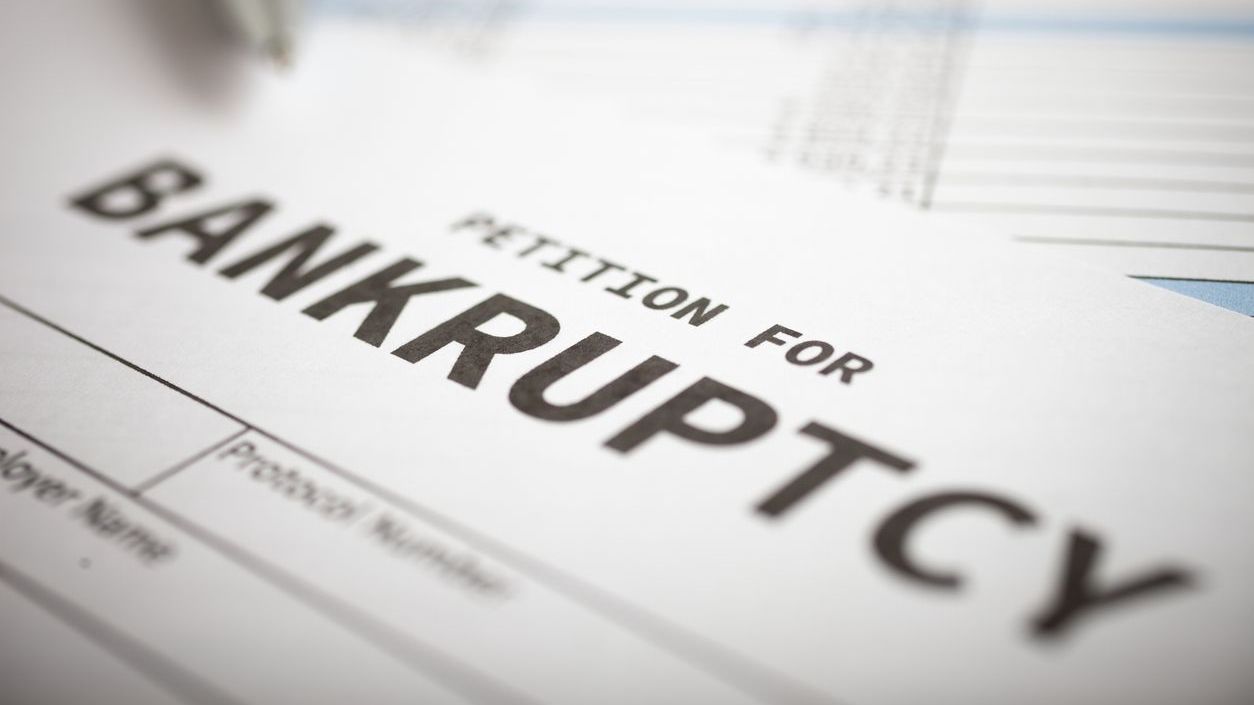The thought of your company going bankrupt is unsettling, especially if you were expected to receive a lifetime guaranteed income from a defined benefit pension plan. While bankruptcy can throw the future of a pension plan into flux, it doesn’t mean employees are automatically out in the cold thanks to the Pension Benefit Guaranty Corporation (PBGC). This federal agency ensures that retirees receive their pensions, but payouts might be reduced depending on the plan’s funding status and PBGC limits.
A financial advisor to better understand your specific financial needs and explore strategies to safeguard your retirement. Connect with a fiduciary financial advisor today.
What Is the Pension Benefit Guaranty Corporation?
The Pension Benefit Guaranty Corporation (PBGC) is a U.S. government agency established in 1974 by the Employee Retirement Income Security Act (ERISA). Its primary mission is to protect the retirement incomes of private sector workers with defined benefit pension plans, ensuring that their promised benefits are honored even if their pension plan fails.
The PBGC insures two main types of defined benefit pension plans: single-employer and multiemployer plans.
- Single-employer plans: These are pension plans maintained by individual companies for their employees. If a company with a single-employer plan goes bankrupt or is otherwise unable to meet its pension obligations, PBGC steps in to cover the benefits up to certain legal limits. These limits are adjusted annually and depend on the age at which the participant begins receiving benefits.
- Multiemployer plans: These are pension plans created through collective bargaining agreements between multiple employers, usually within the same or related industries and a labor union. If a multiemployer plan becomes insolvent, PBGC provides financial assistance to ensure that retirees continue to receive their benefits, though at reduced levels compared to single-employer plans.
The PBGC relies on four main sources for its financing:
- Premiums: PBGC collects insurance premiums from the pension plans it insures. The premium rates are set by Congress and vary between single-employer and multiemployer plans.
- Investment income: The agency invests the premiums it collects in a diversified portfolio, which generates additional income to support its operations and benefit payments.
- Recoveries from bankrupt companies: When PBGC takes over a pension plan from a bankrupt company, it seeks to recover a portion of the company’s assets to cover some of the plan’s underfunded benefits. These recoveries can include payments from the company’s bankruptcy estate or settlements.
- Plan assets: When PBGC assumes responsibility for a pension plan, it also takes over the plan’s existing assets. These assets are then used to pay out benefits to retirees.
Funds from general tax revenues may be available for multiemployer plans requiring special financial assistance.
Guaranteed vs. Non-Guaranteed Benefits

Guaranteed benefits are those that are protected by federal law, ensuring that employees and retirees receive at least a portion of their promised benefits even if their employer goes bankrupt. The PBGC insures most private-sector defined benefit pension plans, stepping in when a company can no longer meet its pension obligations.
For example, if you are receiving a defined benefit pension from a company facing bankruptcy, the PBGC guarantees a certain level of your monthly pension payments, although this may be less than what was originally promised. The exact amount guaranteed depends on several factors, including your age and the plan’s provisions, but the PBGC’s coverage can provide a significant measure of security.
Non-guaranteed benefits, on the other hand, are those that do not have such protections. These can include certain types of deferred compensation, health benefits, and other perks that might have been part of an employment package. In the event of a bankruptcy, these benefits are typically treated as unsecured claims, which means they are not prioritized in the bankruptcy process and are less likely to be paid out.
So if your company offers health insurance benefits and it goes bankrupt, these benefits are not guaranteed. Similarly, any promised bonuses or stock options fall into the non-guaranteed category, making them vulnerable to being completely lost if the company fails.
What’s the Most That the PBGC Will Pay Out?
When a single-employer plan becomes insolvent, the PBGC steps in to ensure that retirees still receive their pension benefits, up to a certain limit. As of 2024, the maximum benefit the PBGC will pay for a single-employer plan participant who retires at age 65 is $7,107.95 per month or $85,295.40 per year. This amount is adjusted annually based on changes in the Social Security contribution and benefit base.
2024 PBGC Single-Employer Plan Benefits
| Age | Maximum Monthly Benefit |
| 60 | $4,620.17 |
| 65 | $7,107.95 |
| 70 | $11,799.20 |
| 75 | $21,608.17 |
It’s important to note that this maximum benefit is lower for those who retire before age 65 and higher for those who retire after age 65. Additionally, the PBGC’s maximum benefit covers the basic pension benefit and does not include any additional benefits like early retirement supplements or disability benefits unless they are part of the basic pension plan.
For multiemployer plans, the PBGC guarantees a significantly lower maximum benefit. As of 2024, the maximum guarantee for a participant with 30 years of service is approximately $12,870 per year. However, this is just an estimate – the actual guarantee is less for those with fewer years and more for those with more years of service.
The guaranteed monthly benefit is calculated as 100% of the first $11 of the monthly benefit rate, plus 75% of the next $33 of the monthly benefit rate. That figure is then multiplied by the participant’s years of credited service. As a result, the maximum guaranteed benefit is $35.75 per month per year of service. This benefit is not adjusted for inflation or cost-of-living increases.
Steps to Take If Your Company Is Facing Bankruptcy

Here are some areas to explore if your company is potentially going bankrupt and you’re concerned about your retirement plan:
- Review your benefits: Understand which of your benefits are guaranteed and which are not. Look at your pension plan documents and any other employment agreements to see what protections are in place.
- Contact the PBGC: If you have a defined benefit pension plan, get in touch with the PBGC to learn about your coverage and the steps you need to take.
- Seek professional advice: Consult a financial advisor to help you navigate this complex situation. They can assist you in understanding your rights and in planning your financial future.
- Diversify your income sources: Consider how you can supplement your income through other means, such as part-time work, investments, or other retirement accounts.
Bottom Line
If your company goes bankrupt, the Pension Benefit Guaranty Corporation (PBGC) may provide a safety net for defined benefit pensions, though the level of protection varies. For single-employer plans, the PBGC ensures retirees receive their pensions up to a certain limit, which depends on factors such as the retiree’s age and the plan’s provisions. Multiemployer plans have lower guarantee limits and different coverage rules.
Retirement Planning Tips
- As you save for retirement throughout your working career, it’s important to periodically evaluate your progress. SmartAsset’s retirement calculator can help you estimate how much money you’ll have by the time you’ll retirement, how much income your savings and other sources will generate and whether you can expect it to be enough.
- Retirement planning can feel daunting, but a financial advisor can help you put a plan together to save for your golden years. Finding a financial advisor doesn’t have to be hard. SmartAsset’s free tool matches you with up to three vetted financial advisors who serve your area, and you can have a free introductory call with your advisor matches to decide which one you feel is right for you. If you’re ready to find an advisor who can help you achieve your financial goals, get started now.
Photo credit: ©iStock.com/FuzzMartin, ©iStock.com/FG Trade, ©iStock.com/ljubaphoto
